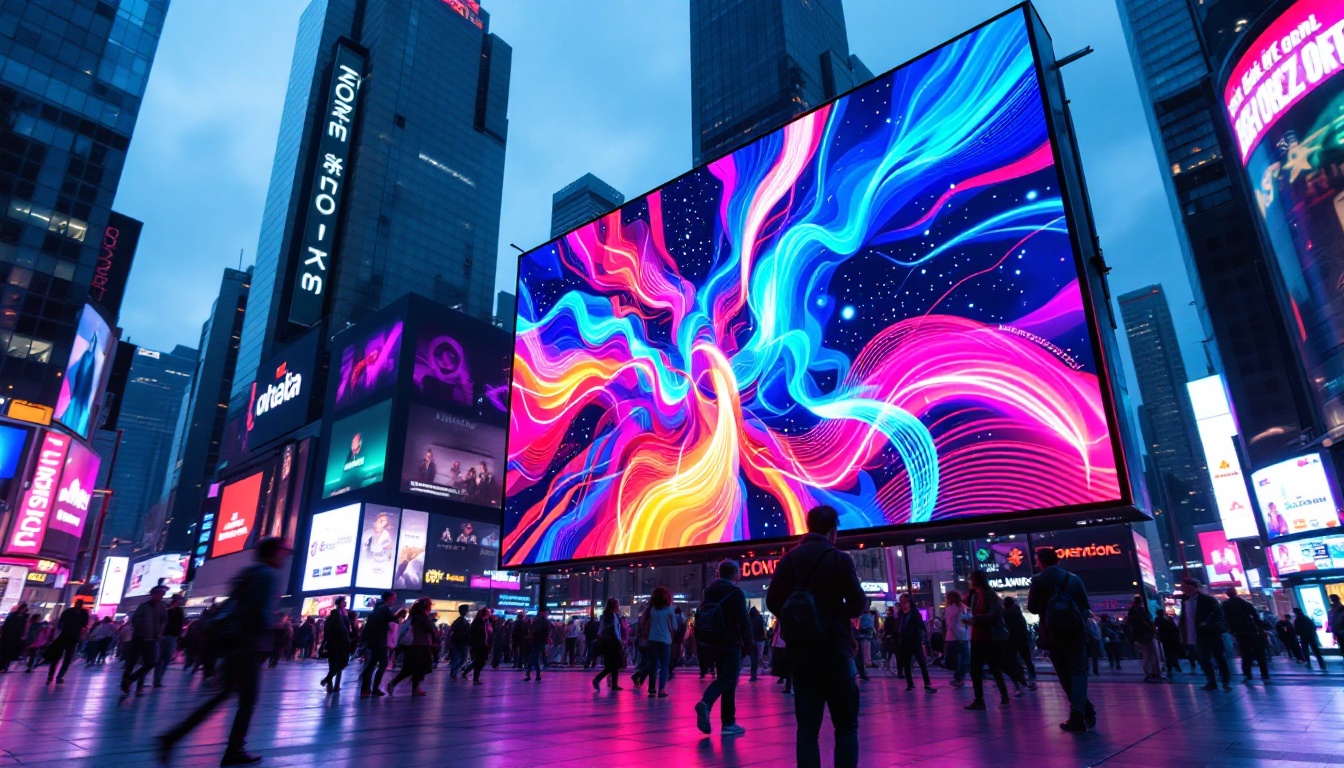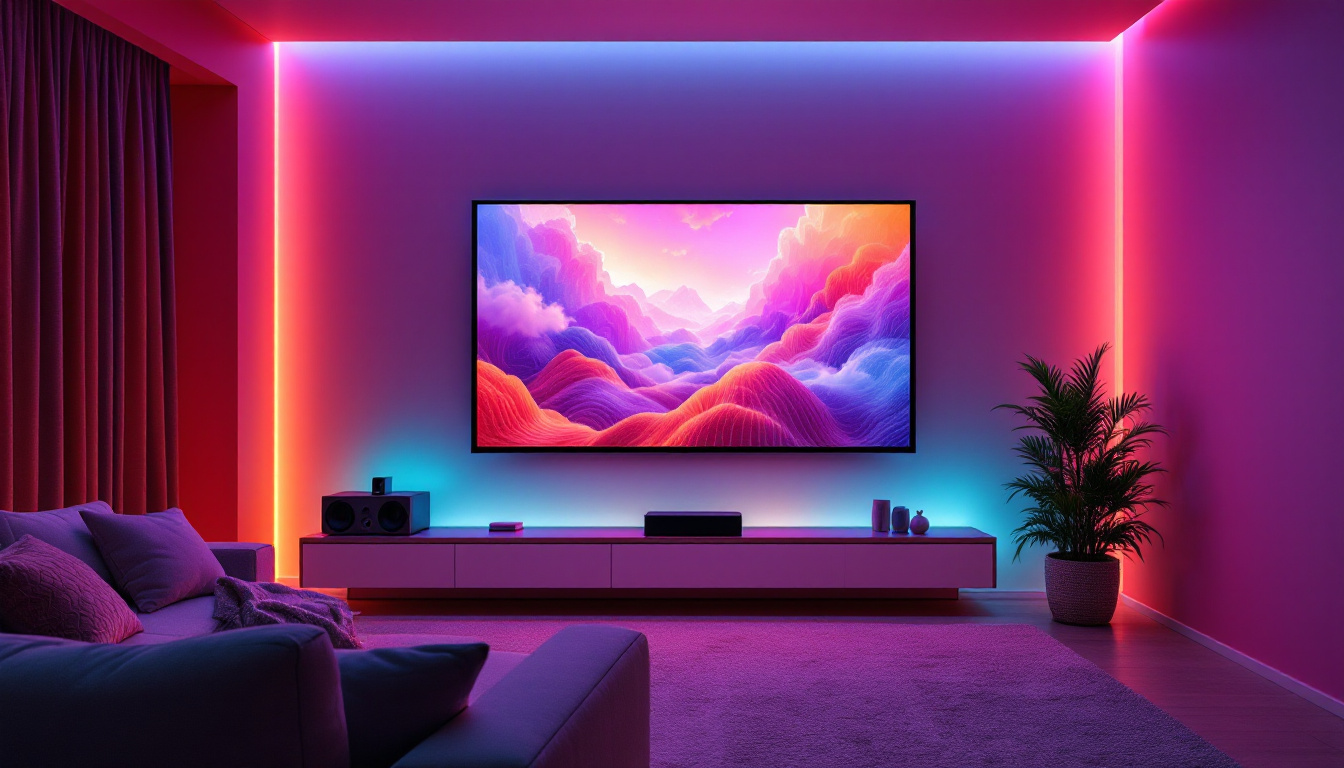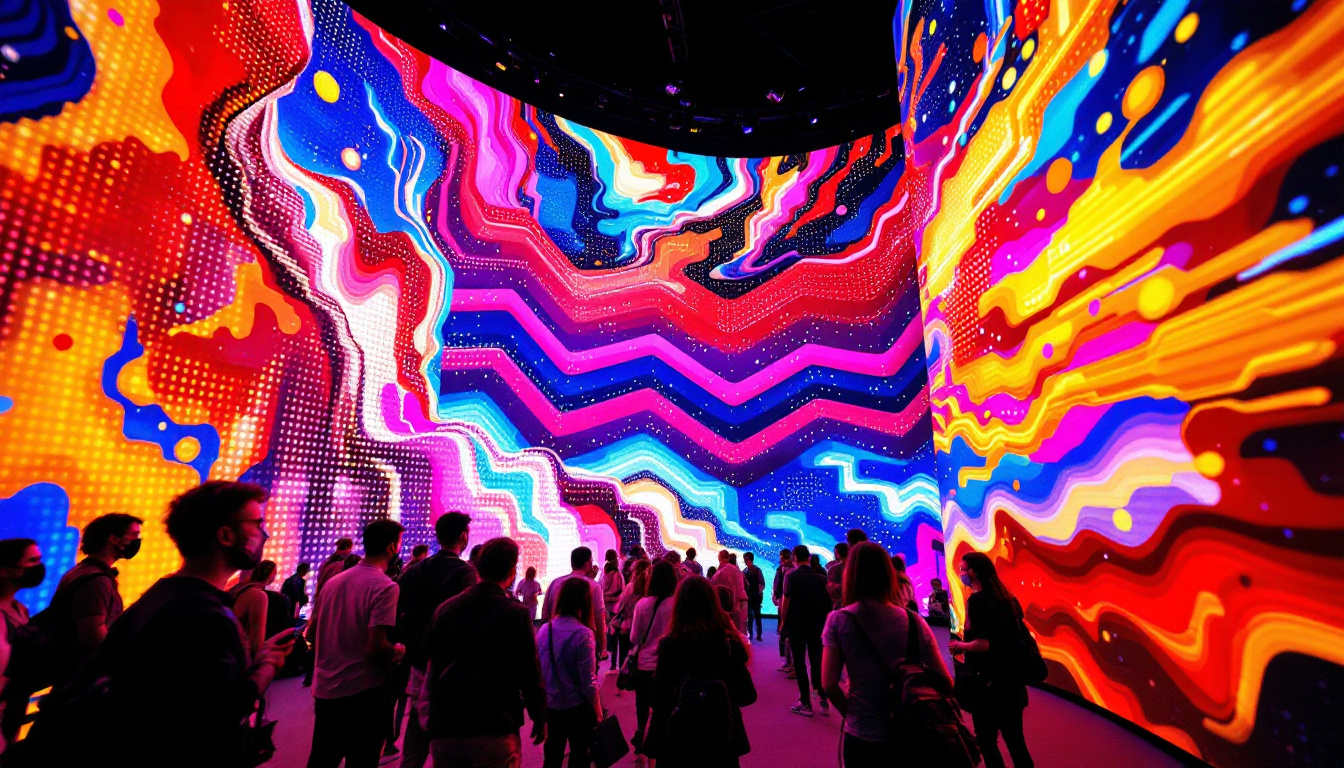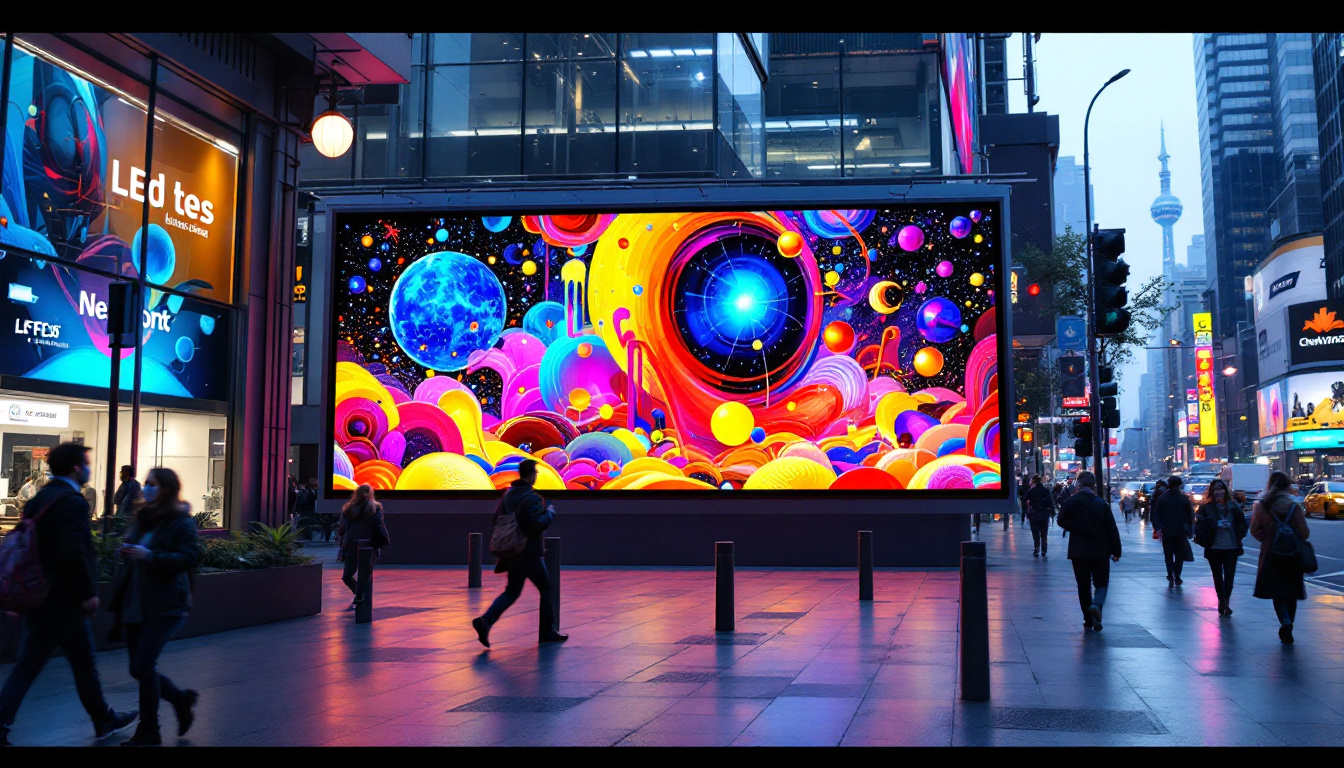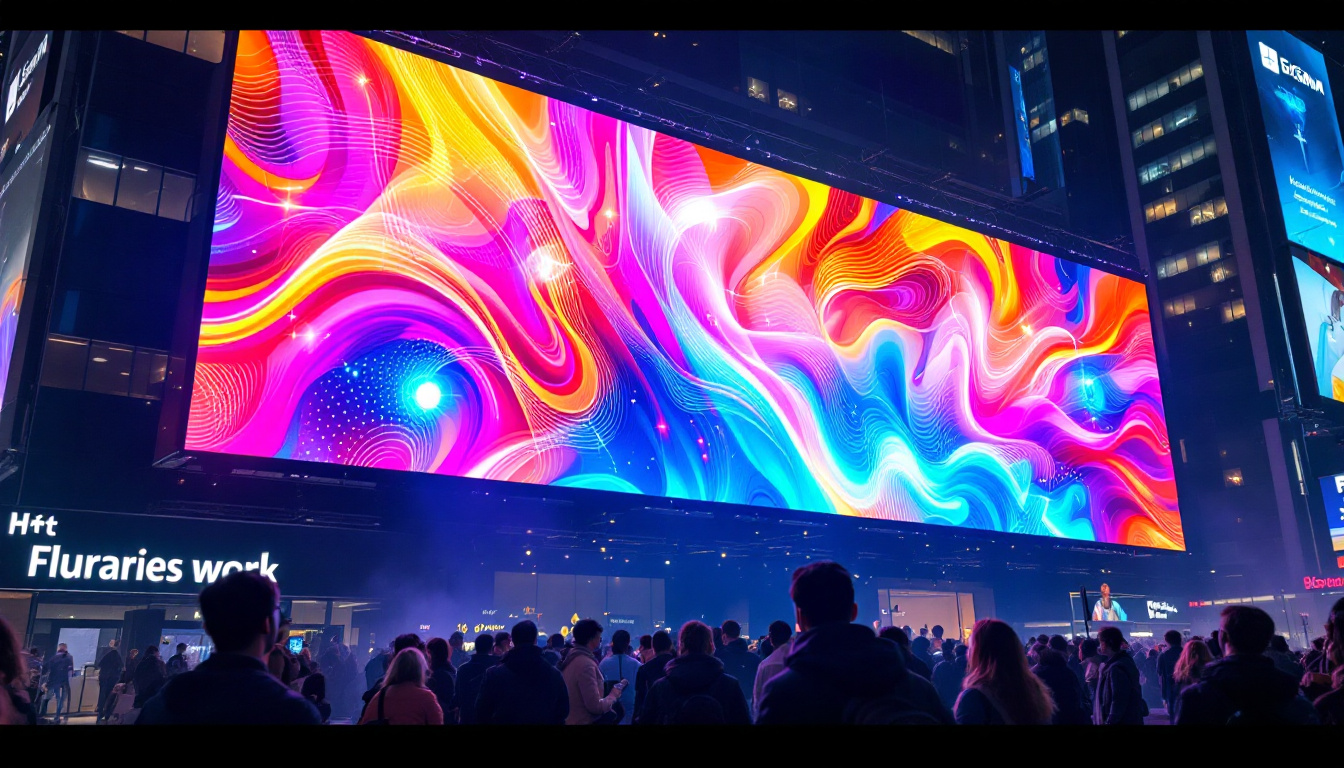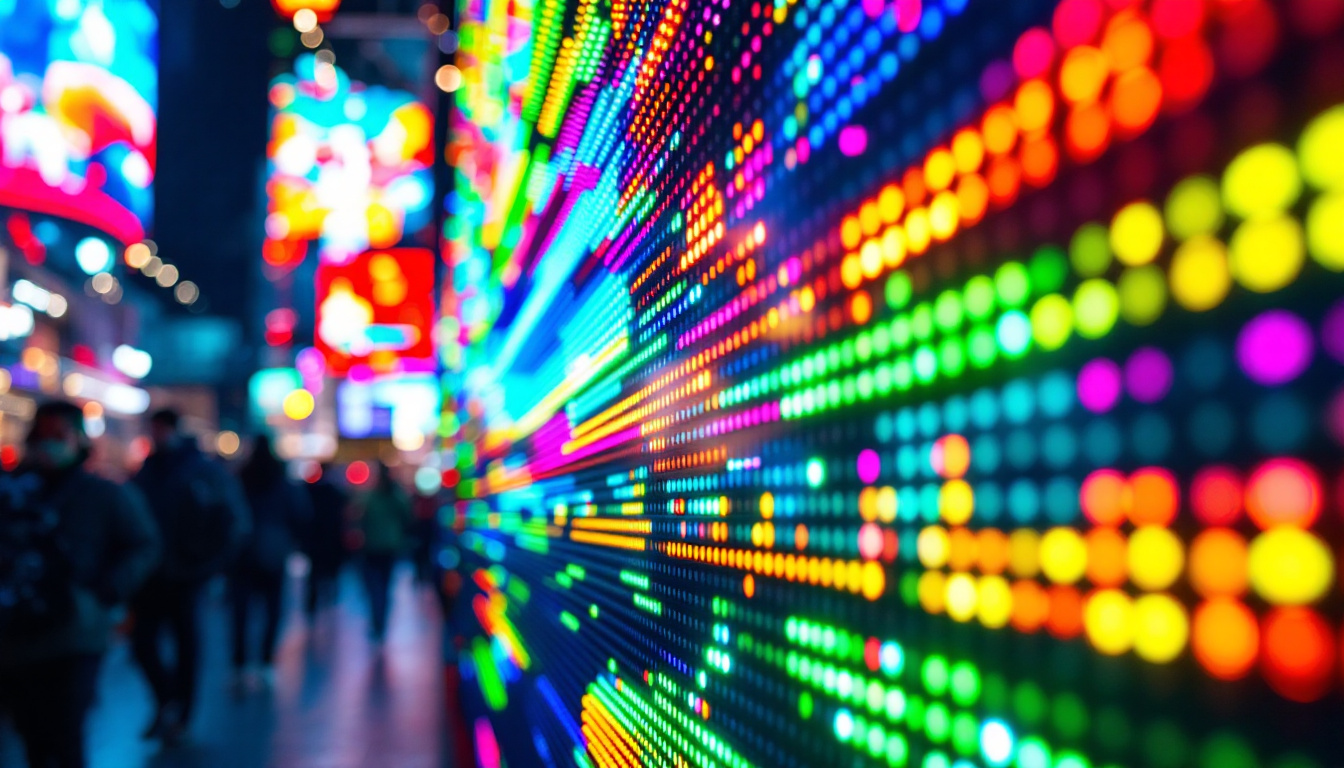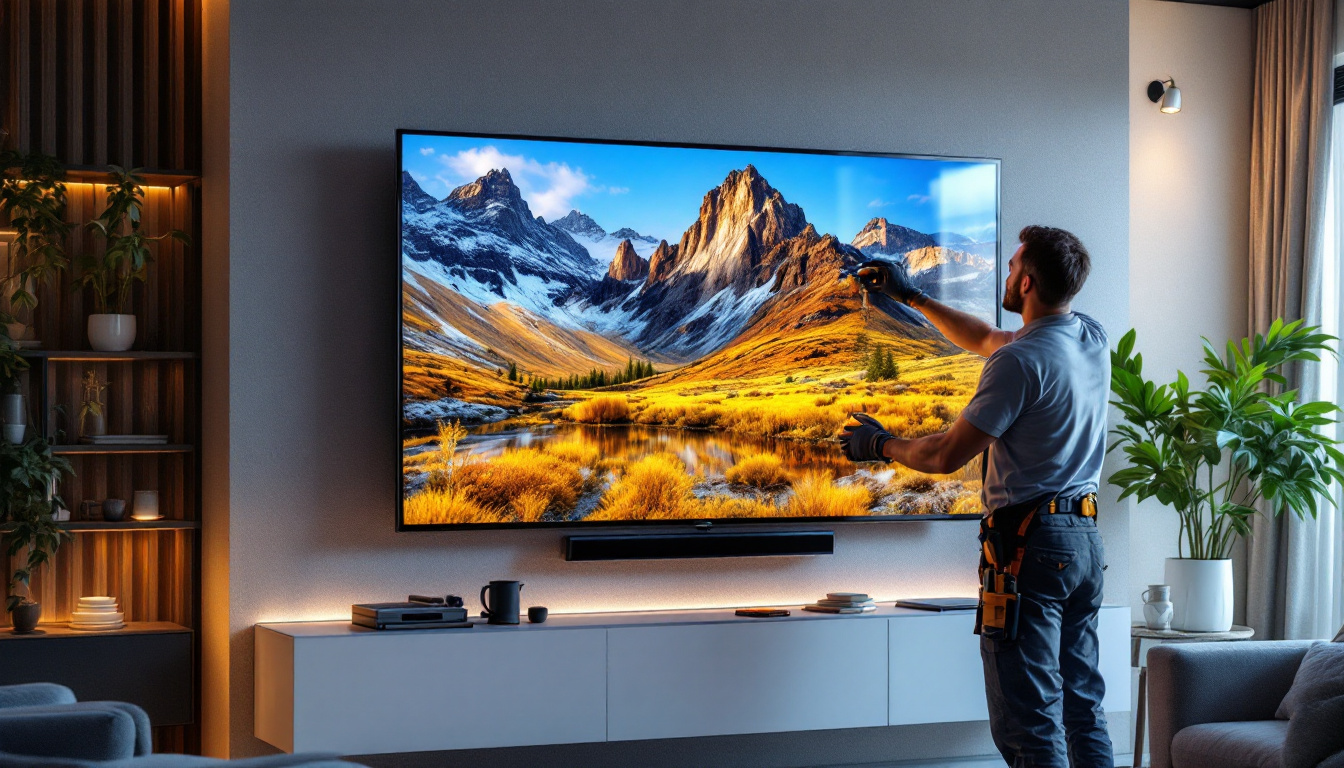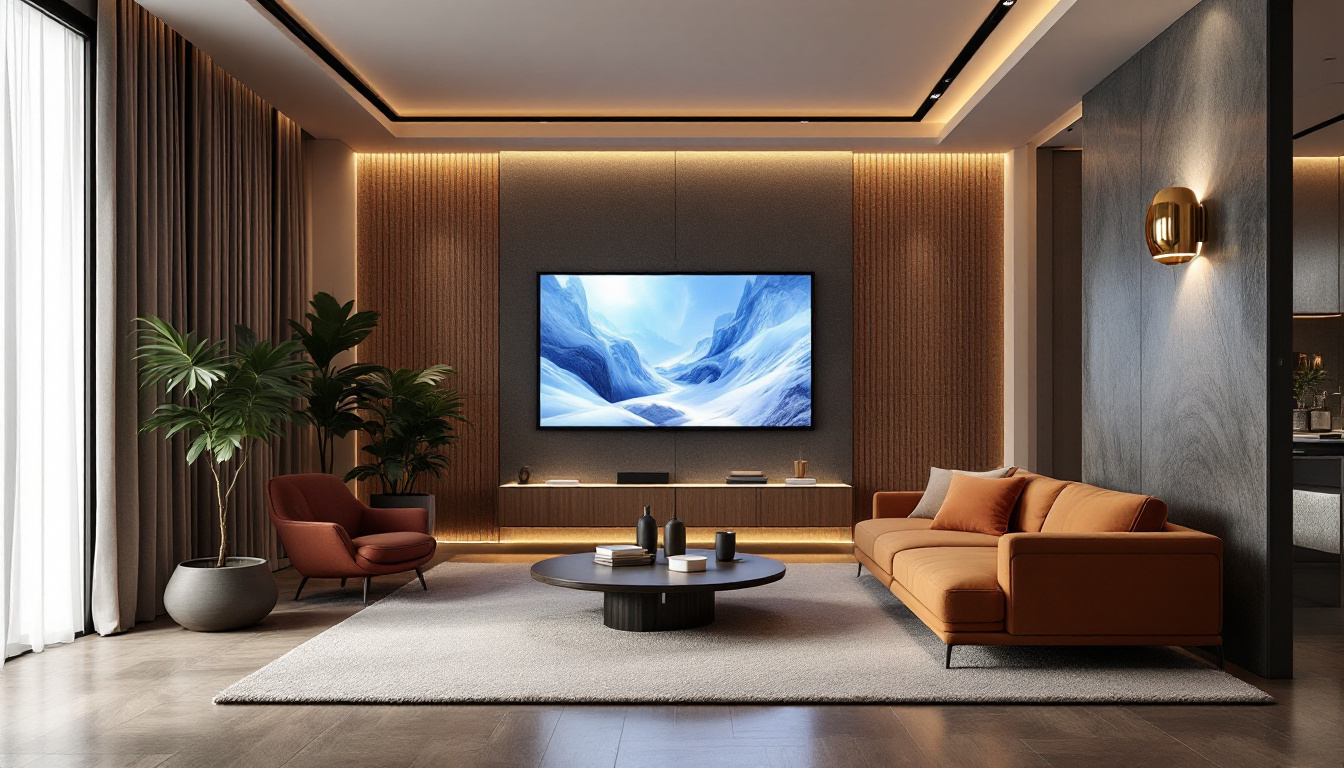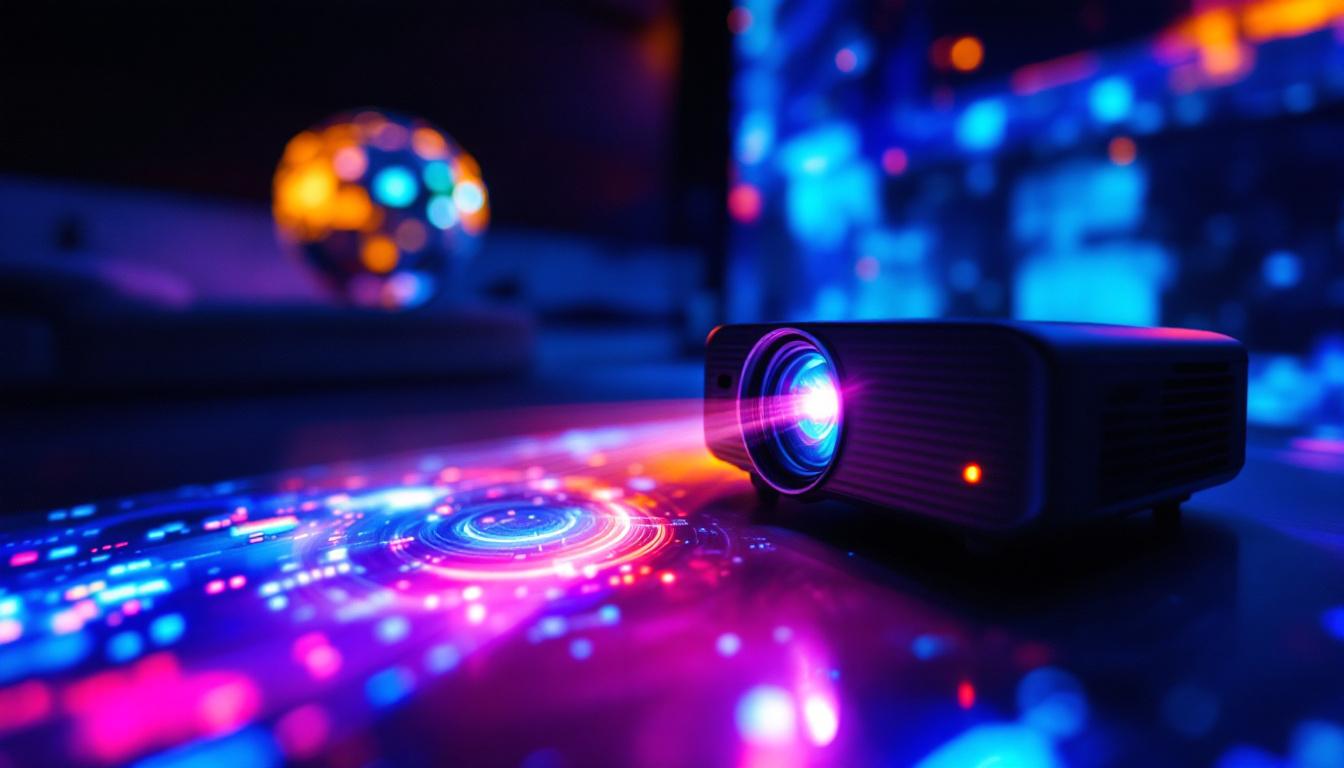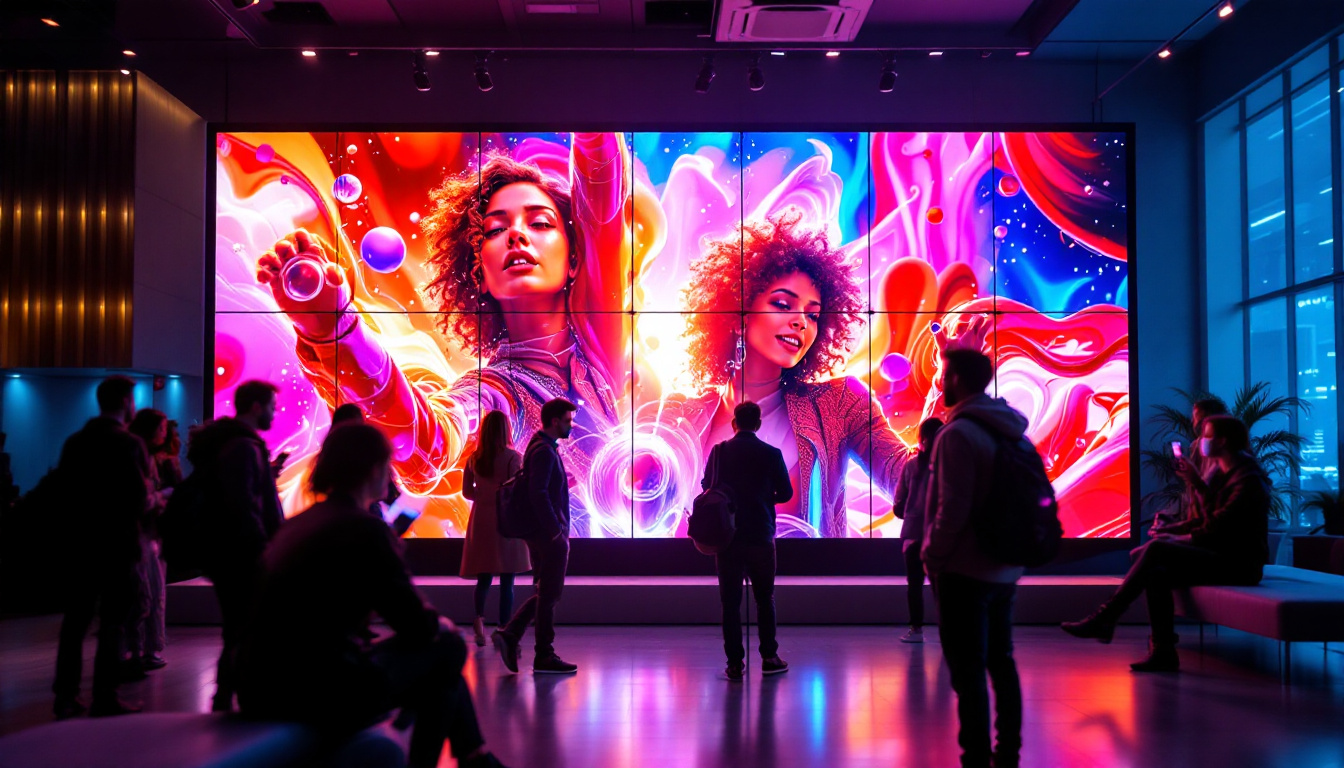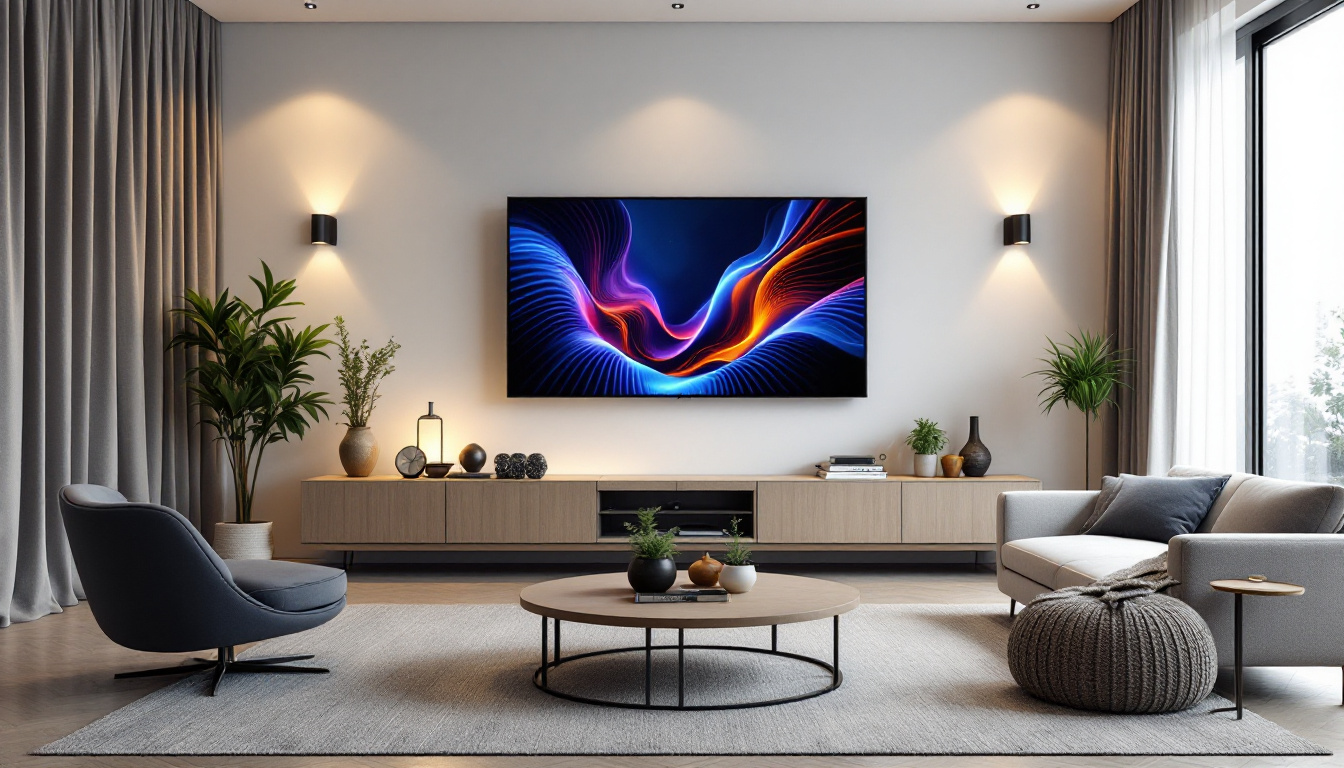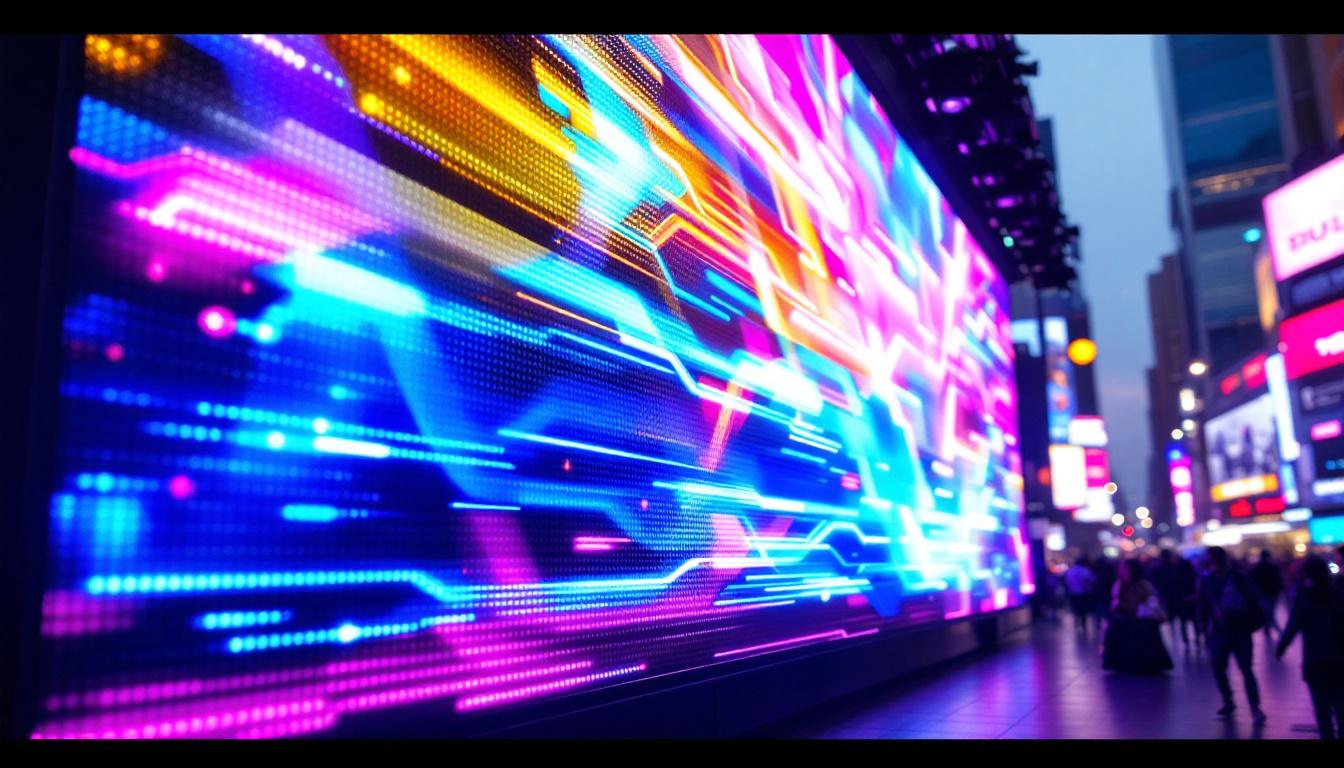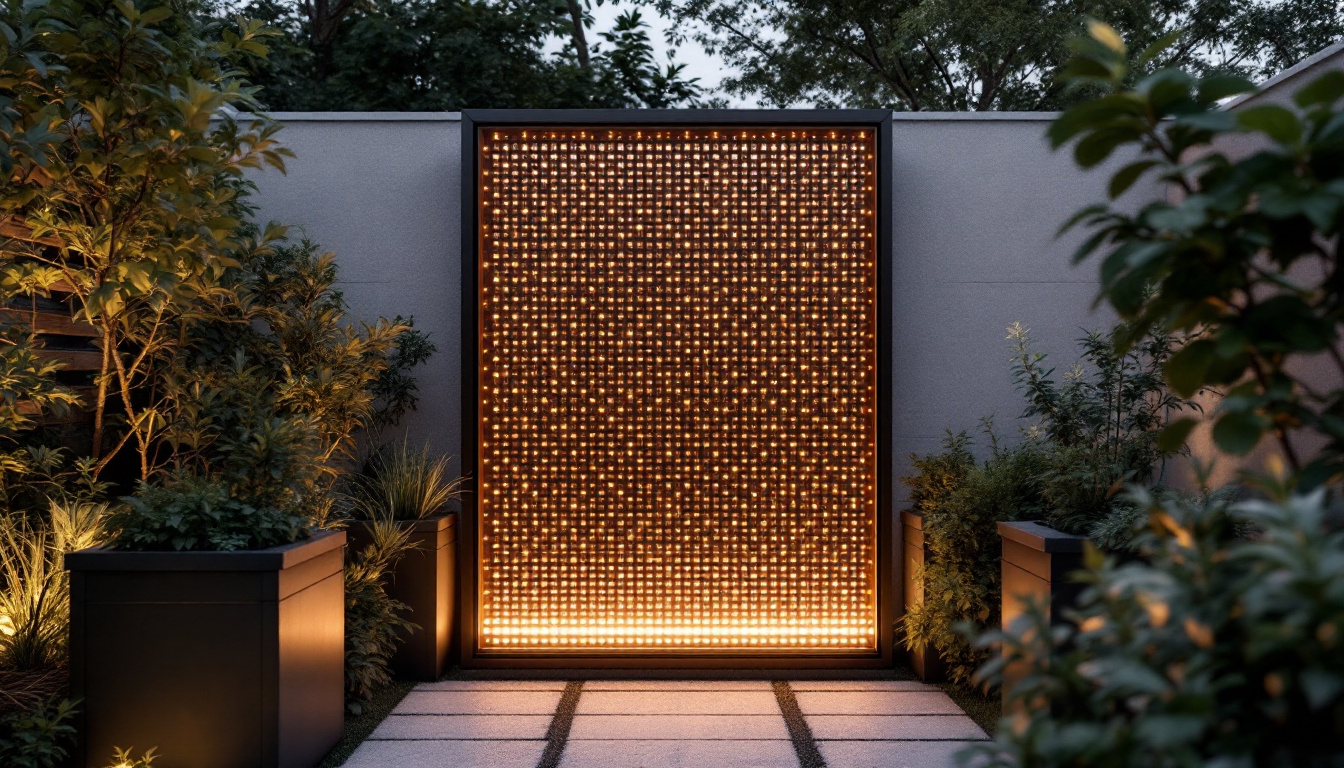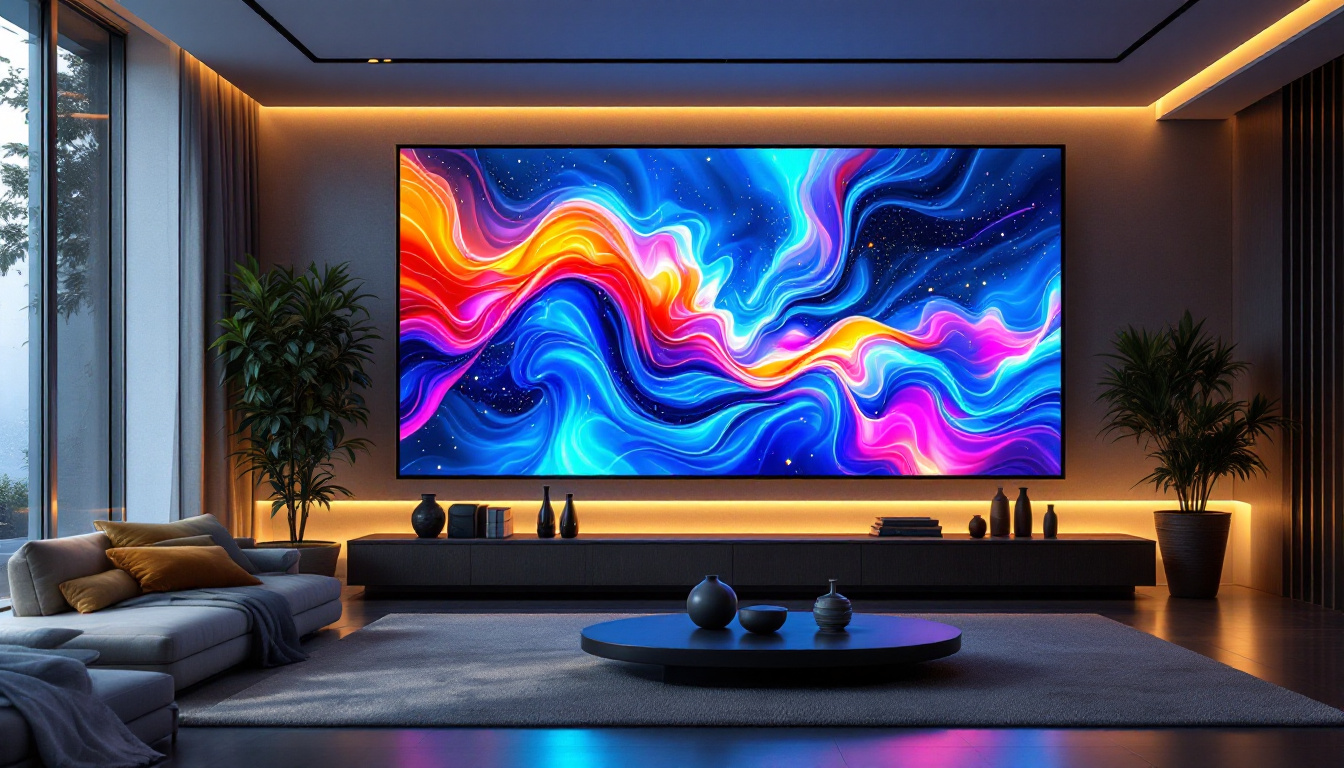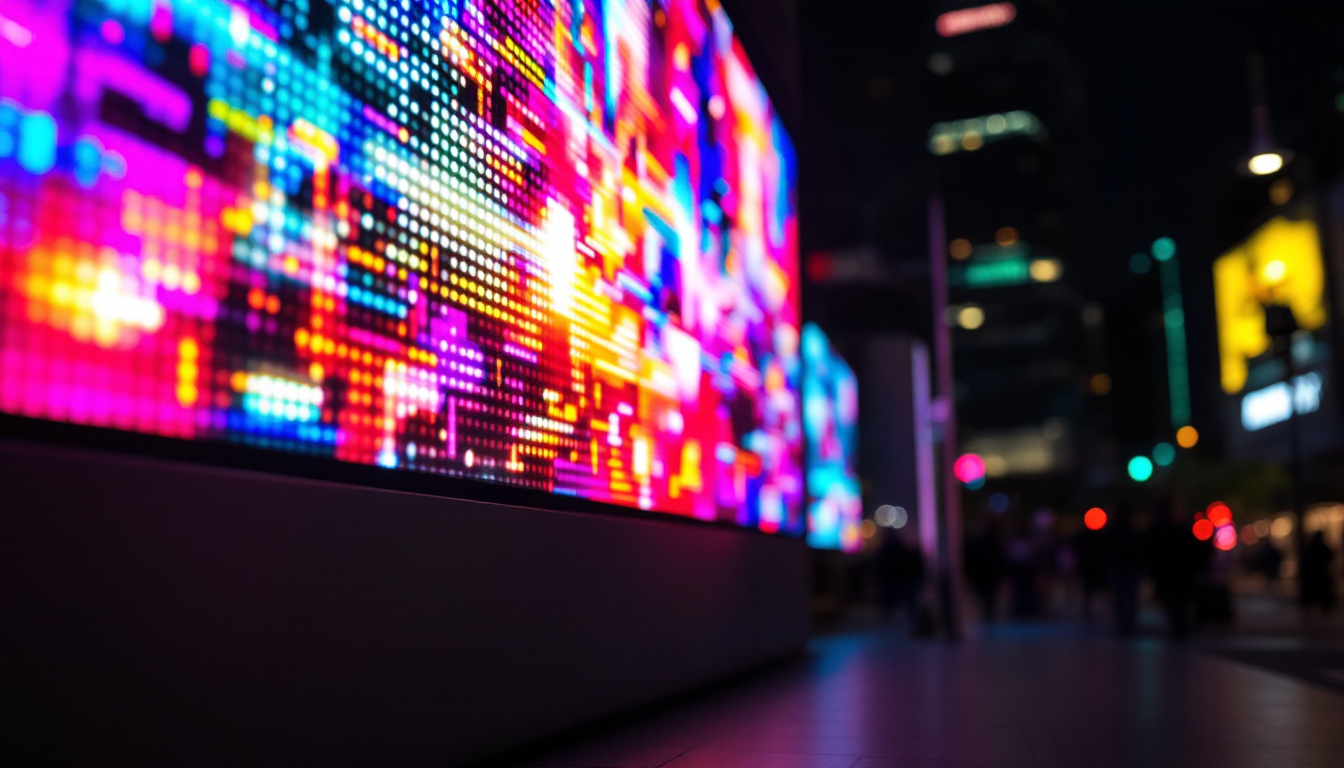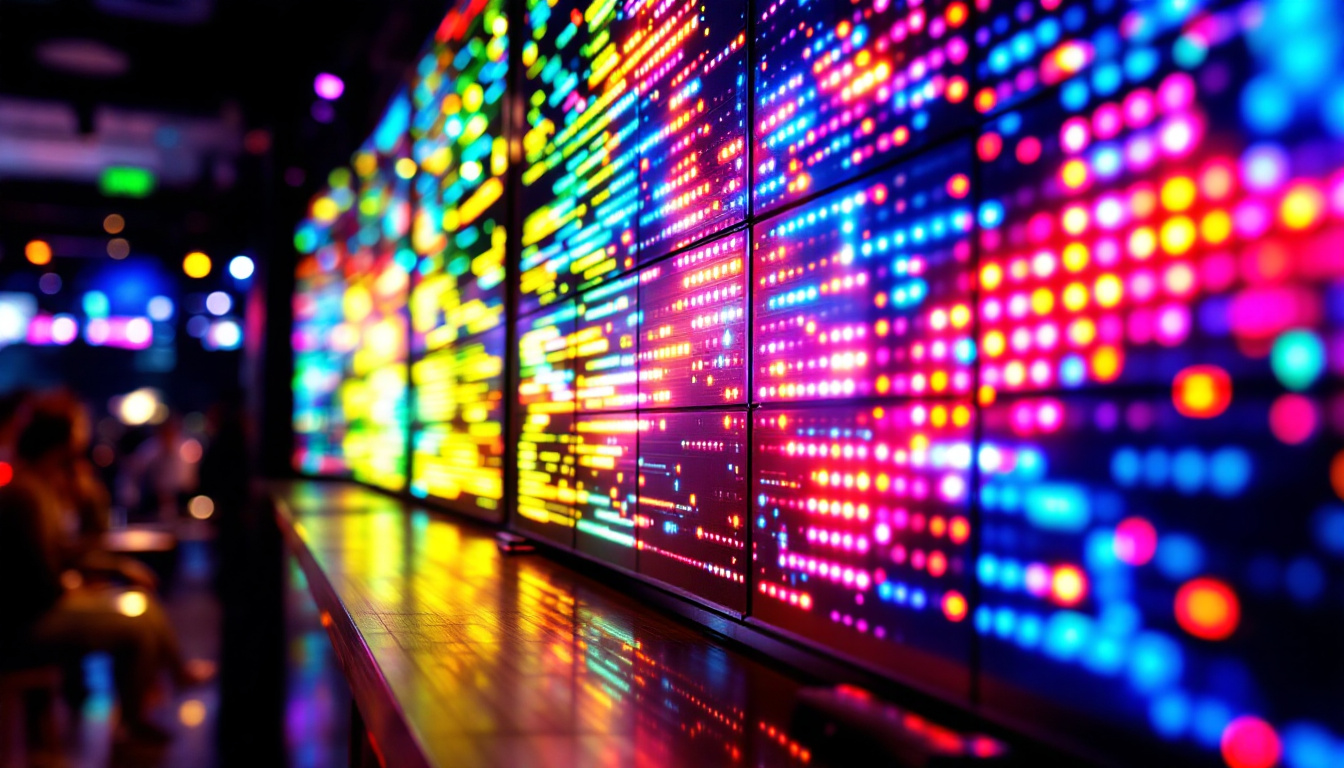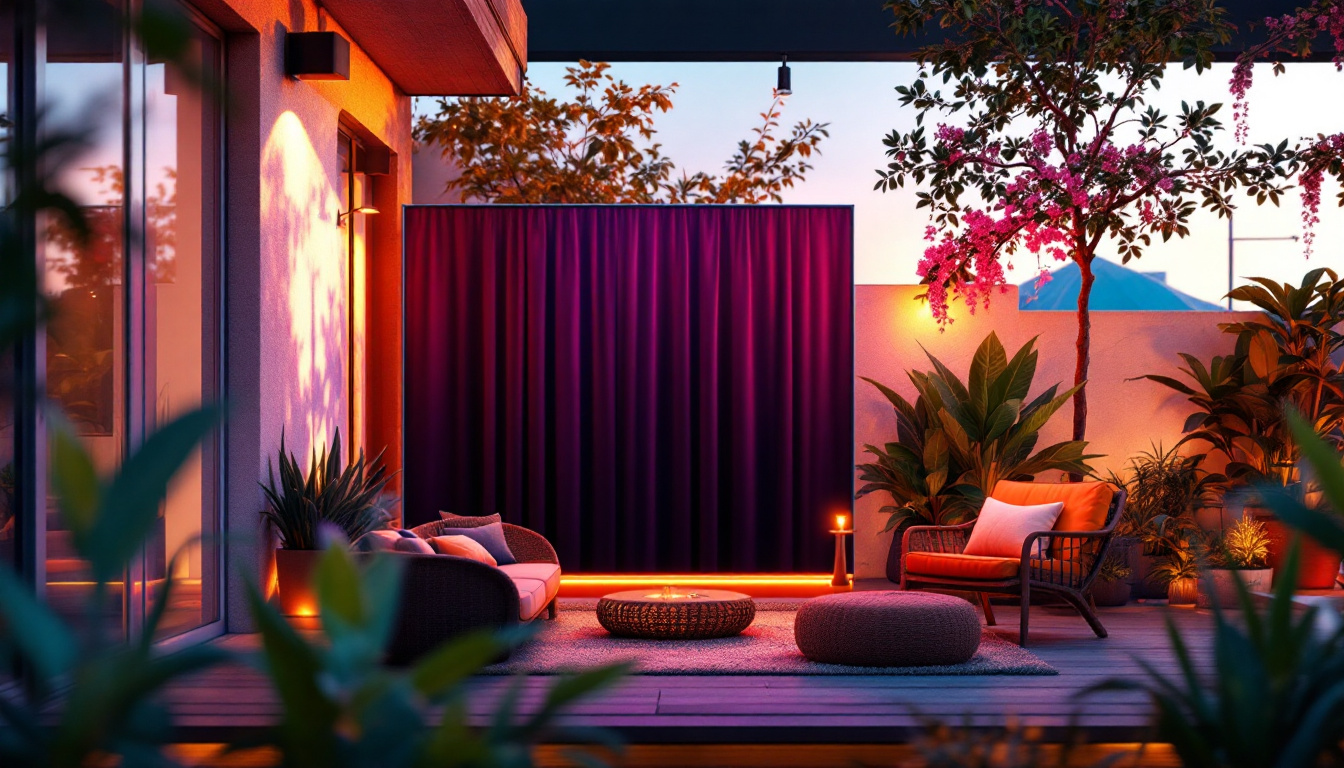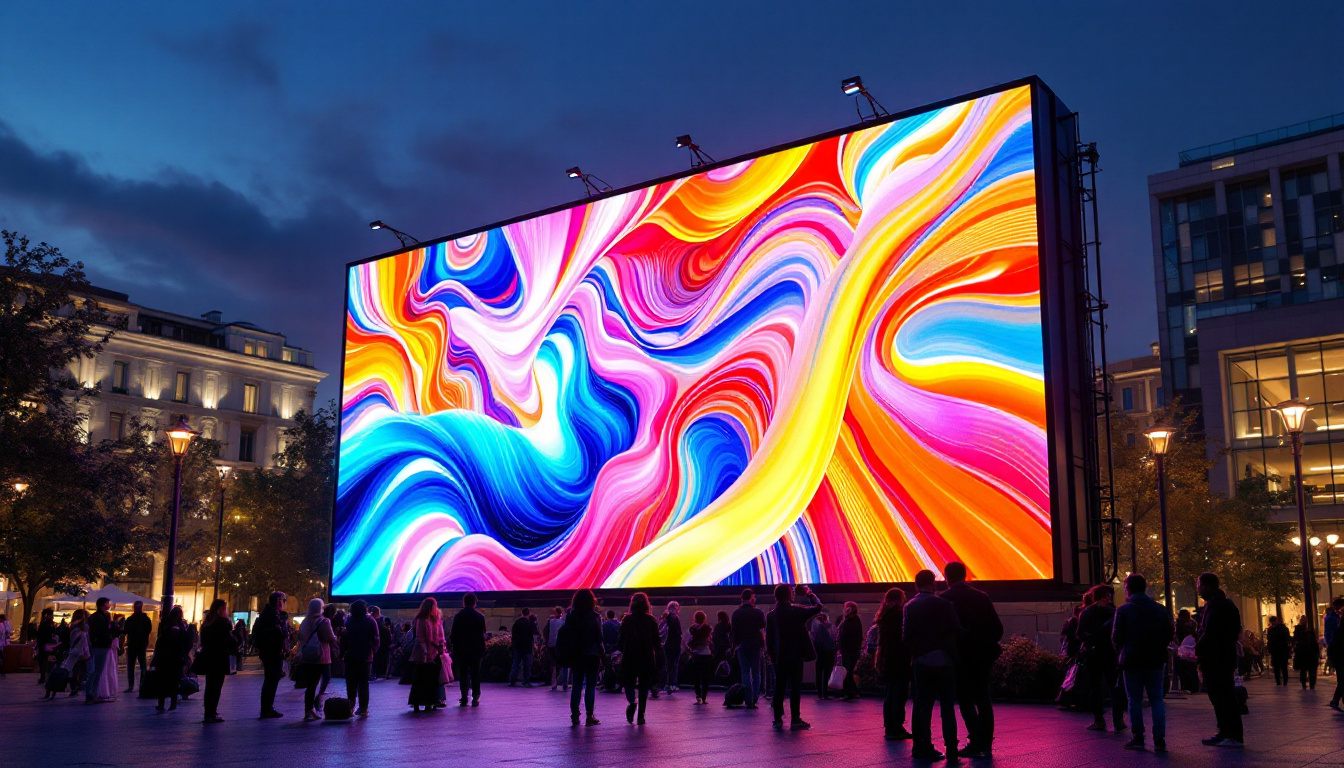In the rapidly evolving world of technology, transparent monitor screens have emerged as an innovative solution that blends functionality with aesthetics. These displays, primarily utilizing LED technology, offer unique advantages that cater to various industries, from retail to healthcare. This article delves into the intricacies of transparent monitor screens, exploring their design, functionality, applications, and future potential.
What is a Transparent Monitor Screen?
A transparent monitor screen is a display that allows users to see through the screen while still presenting images or data. This technology typically employs LED panels that can emit light while maintaining a degree of transparency. The result is a screen that can overlay digital content onto the real world, creating a unique interactive experience. This innovative approach to display technology has the potential to revolutionize various industries, from retail to education, by merging the physical and digital realms seamlessly.
Imagine walking through a store where the product displays are not just static images but dynamic, interactive screens that provide additional information about the items on display. Transparent monitors can enhance customer engagement by allowing shoppers to view products while simultaneously accessing details like pricing, reviews, and even augmented reality features that showcase how the products would look in their homes.
How Transparent Displays Work
Transparent displays utilize a combination of liquid crystal display (LCD) and organic light-emitting diode (OLED) technologies to achieve their see-through effect. The core principle involves manipulating light to allow it to pass through the screen while still displaying images. In essence, the screen can switch between being transparent and displaying vibrant visuals. This adaptability opens up new possibilities for creative applications, such as art installations where digital art can be layered over real-world objects, creating a captivating visual experience.
When the display is in use, the pixels generate light that creates images or videos. However, when turned off or in a transparent mode, the screen allows ambient light to pass through, making it possible to see objects behind the screen. This dual functionality is what sets transparent monitors apart from traditional displays. Furthermore, the ability to interact with the screen while still maintaining visibility of the environment around it can enhance collaborative efforts in workplaces, allowing teams to share information without losing sight of their surroundings.
Key Components of Transparent LED Displays
Several components work together to create a functional transparent monitor screen. These include:
- LED Backlighting: Provides the necessary illumination for the display, allowing images to be visible even in bright environments.
- Liquid Crystal Layer: This layer controls the light passing through the screen, enabling the display of images while maintaining transparency.
- Control Electronics: Responsible for processing the input signals and managing the display’s output.
In addition to these core components, advanced transparent displays may also incorporate touch-sensitive technology, enabling users to interact directly with the screen. This feature can transform how we engage with digital content, allowing for intuitive navigation and manipulation of on-screen elements. Moreover, as the technology continues to evolve, we can expect improvements in resolution and color accuracy, making transparent monitors not only functional but also visually stunning. As industries explore the potential of transparent displays, we are likely to see innovative applications that blend information and aesthetics in ways we have yet to imagine.
Applications of Transparent Monitor Screens
The versatility of transparent monitor screens has led to their adoption across various sectors. Their unique capabilities make them particularly useful in environments where space is limited or where a seamless blend of digital and physical elements is desired.
Retail and Advertising
In the retail sector, transparent displays are revolutionizing the way products are showcased. Brands can use these screens in storefronts to create eye-catching advertisements that allow customers to see the products behind the display. This not only enhances the shopping experience but also attracts attention in crowded marketplaces.
Additionally, transparent monitors can be integrated into product displays, providing customers with interactive content that informs them about product features without obstructing their view of the items. This innovative approach can significantly boost customer engagement and sales.
Healthcare and Medical Applications
In healthcare settings, transparent monitors are being used to enhance patient care and medical training. For instance, these displays can be placed in operating rooms, allowing surgeons to view critical patient data without having to look away from the surgical field. This capability can improve focus and efficiency during procedures.
Moreover, transparent displays can be utilized in medical education, enabling students to visualize complex anatomical structures while still observing physical models. This interactive learning experience can enhance understanding and retention of medical knowledge.
Smart Home Integration
As smart home technology continues to advance, transparent monitors are becoming integral to home automation systems. These displays can be embedded in windows or walls, providing homeowners with real-time information about their home environment without sacrificing aesthetics.
For example, a transparent monitor could display weather updates, security feeds, or even control settings for smart devices, all while allowing natural light to flow into the space. This seamless integration enhances the overall living experience, making technology an unobtrusive part of daily life.
Advantages of Transparent Monitor Screens
Transparent monitor screens offer a range of benefits that make them an attractive option for various applications. Their unique design and functionality provide several advantages over traditional displays.
Enhanced Aesthetics
One of the most notable advantages of transparent displays is their ability to blend seamlessly into their surroundings. Unlike conventional screens that can dominate a space, transparent monitors allow for a more open and airy environment. This makes them particularly appealing for modern architecture and interior design.
The aesthetic appeal of these displays can enhance the overall ambiance of a space, making them ideal for high-end retail locations, luxury hotels, and contemporary offices. The ability to showcase digital content without obstructing views adds a layer of sophistication to any setting.
Interactive Experiences
Transparent monitors facilitate interactive experiences that engage users in new and exciting ways. By overlaying digital content onto the physical world, these displays create opportunities for immersive storytelling and interactive advertising.
For instance, museums and exhibitions can use transparent screens to provide additional context to artifacts, allowing visitors to explore information in a dynamic format. This interactivity not only enhances the visitor experience but also encourages deeper engagement with the content.
Space Efficiency
In environments where space is at a premium, transparent monitors can serve multiple functions without taking up additional room. Their ability to display information while remaining transparent allows for more efficient use of physical space.
For example, in small retail spaces, a transparent display can serve as both a product showcase and an advertising medium, eliminating the need for separate signage. This versatility can lead to cost savings and improved operational efficiency.
Challenges and Limitations
Despite their numerous advantages, transparent monitor screens also face several challenges that may limit their widespread adoption. Understanding these limitations is crucial for businesses and consumers considering this technology.
Viewing Angles and Brightness
One of the primary challenges associated with transparent displays is the issue of viewing angles. While these screens can be transparent, their visibility can diminish when viewed from certain angles or in bright lighting conditions. This can affect the overall user experience, particularly in environments with high ambient light.
Moreover, achieving optimal brightness levels while maintaining transparency can be a technical challenge. Manufacturers must find a balance between brightness and transparency to ensure that the display remains effective in various lighting conditions.
Cost Considerations
Transparent monitor screens are typically more expensive than traditional displays due to the advanced technology involved in their production. This higher cost can be a barrier for small businesses or individuals looking to invest in this technology.
As the technology matures and production processes become more efficient, it is expected that prices will decrease. However, for the time being, the initial investment may be a consideration for potential users.
Durability and Maintenance
Another challenge is the durability of transparent displays. These screens may be more susceptible to damage compared to traditional monitors, particularly in high-traffic areas or environments where they are exposed to physical contact.
Regular maintenance is also essential to ensure optimal performance. Dust and fingerprints can significantly impact the clarity of the display, necessitating frequent cleaning and upkeep. This maintenance requirement can be an additional consideration for businesses looking to implement transparent monitors.
The Future of Transparent Monitor Screens
The future of transparent monitor screens appears promising, with ongoing advancements in technology and increasing interest from various industries. As manufacturers continue to innovate, the potential applications for transparent displays are likely to expand.
Advancements in Technology
Research and development in display technology are paving the way for more efficient and effective transparent monitors. Innovations in materials, such as improved liquid crystals and OLED technology, are expected to enhance the performance of these displays.
Furthermore, advancements in artificial intelligence and augmented reality could lead to even more interactive and immersive experiences. The integration of these technologies may unlock new possibilities for transparent displays, making them more versatile and appealing to consumers.
Broader Adoption Across Industries
As awareness of transparent monitor screens grows, it is anticipated that more industries will begin to explore their potential applications. Beyond retail and healthcare, sectors such as education, transportation, and entertainment may find innovative ways to incorporate transparent displays into their operations.
For example, in the automotive industry, transparent displays could be used in vehicle windshields to provide drivers with real-time information without obstructing their view of the road. This type of application could enhance safety and convenience for drivers.
Environmental Considerations
As sustainability becomes an increasingly important focus for businesses, transparent monitor screens may offer an environmentally friendly alternative to traditional displays. Their ability to reduce the need for additional signage and physical displays can contribute to lower resource consumption and waste.
Moreover, advancements in energy-efficient technologies could further enhance the sustainability of transparent displays, making them a more attractive option for eco-conscious consumers and businesses.
Conclusion
Transparent monitor screens represent a fascinating intersection of technology and design, offering unique advantages that can transform various industries. While challenges remain, ongoing advancements in technology and growing interest from businesses suggest a bright future for this innovative display solution.
As transparent displays continue to evolve, they hold the potential to redefine how information is presented and interacted with in both physical and digital spaces. Embracing this technology could lead to enhanced user experiences, improved operational efficiency, and a more integrated approach to the digital world.
In conclusion, the journey of transparent monitor screens is just beginning, and their impact on the way we perceive and interact with technology will undoubtedly be significant in the years to come.
Discover the Future of Display Technology with LumenMatrix
Ready to elevate your visual experience and embrace the future of display technology? LumenMatrix is at the forefront of LED innovation, offering a wide array of solutions that cater to your unique needs. From Indoor and Outdoor LED Wall Displays to specialized options like Vehicle, Sports, and Custom LED Displays, our products are designed to captivate and engage. Explore our LED Transparent Displays and see how they can transform your space and communication strategy. Check out LumenMatrix LED Display Solutions and join the revolution in visual storytelling.


